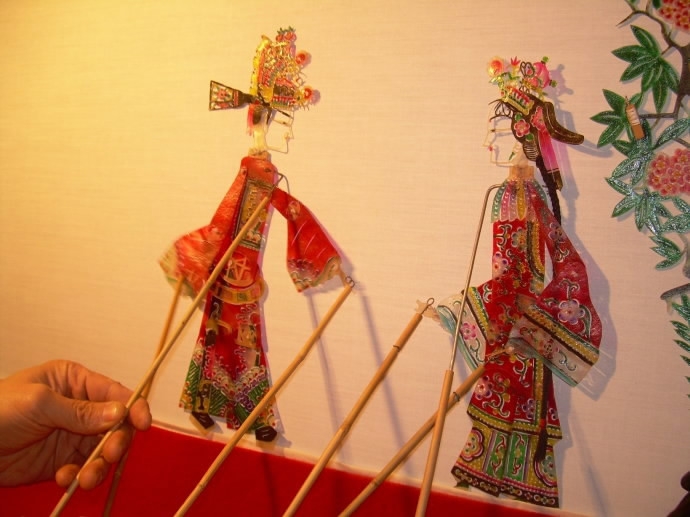Respond to at least 1 prompt on this page (you are welcome to respond to more). For instructions on how to submit a journal entry, please follow these instructions. FORMATTING FOR THIS WEEK: Use the title format “[FirstName] [LastName] W2” and select the Category “Journal Entry – Week 2”
Prompt 1
We looked at pre-cinema animation and some examples of early cinema animation. These examples span cultures and timelines. Pick 2 from different times or countries and find commonalities and differences.
Prompt 2
Both cave paintings and shadow puppetry are forms of oral storytelling – an ancient and intimate tradition wherein the storyteller and his audience inhabit the same space. Can you think of other forms of oral storytelling? Have you ever experienced/participated in this type of storytelling (as a storyteller or audience members)? Describe and reflect on these experiences. How are they different/similar to the examples above. (Re-)read/watch these resources for inspiration:
- “Early Humans Made Animated Art: How Paleolithic artists used fire to set the world’s oldest art in motion” article by Zach Zorich
- “The Master of Shadow Puppets” video by Great Big Story
Prompt 3
Can you imagine being an audience remember at one of Gaspard Robertson’s “Fantasmagorie” shows in 1797? What do you think your reaction would have been? Can you think of any form of entertainment that would elicit the same emotions today? (Re-)read/watch these resources for inspiration:
- “Robertson’s Fantastic Phantasmagoria, An 18th Century Spectacle of Horror” article by Allison Meier

